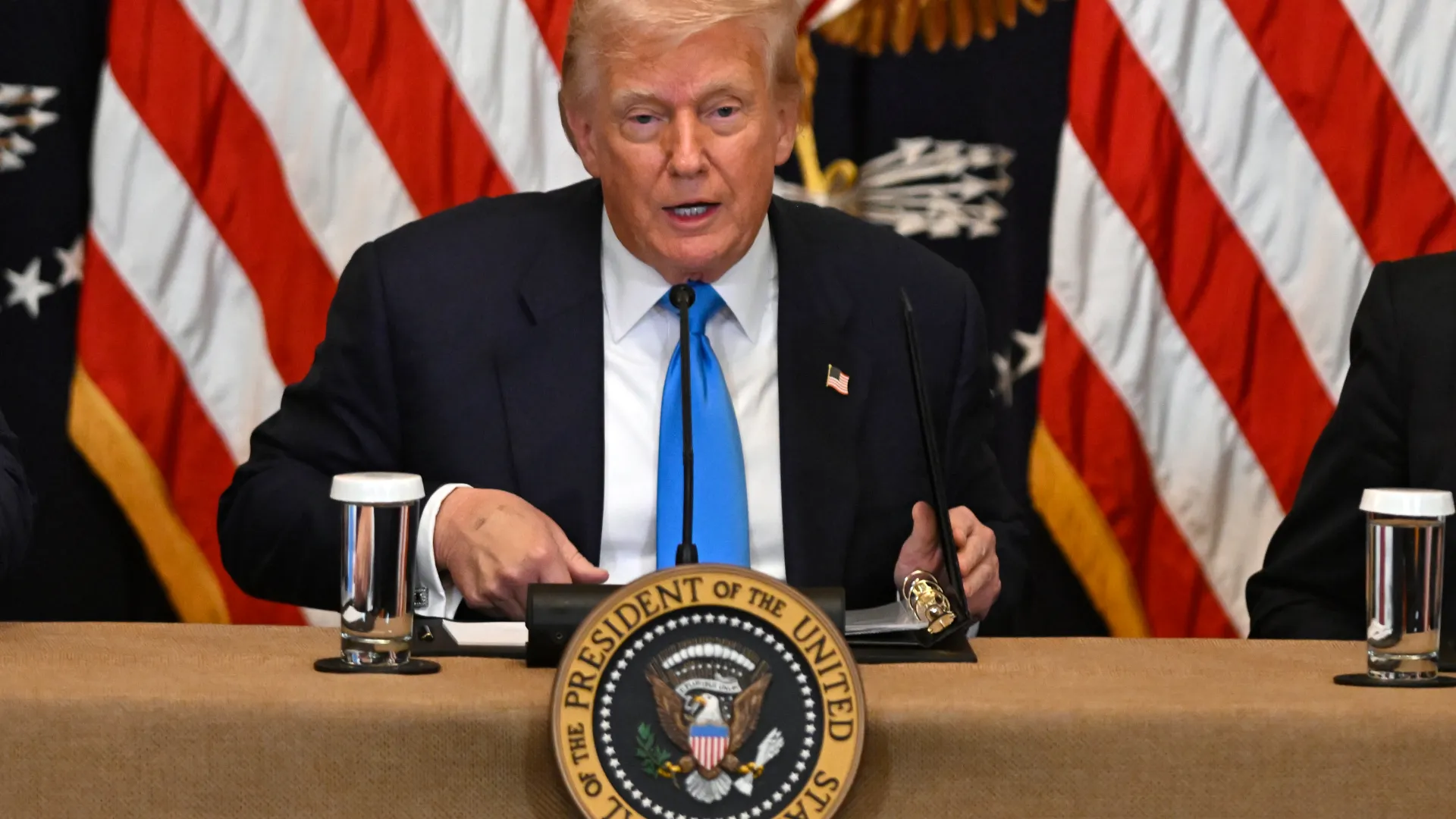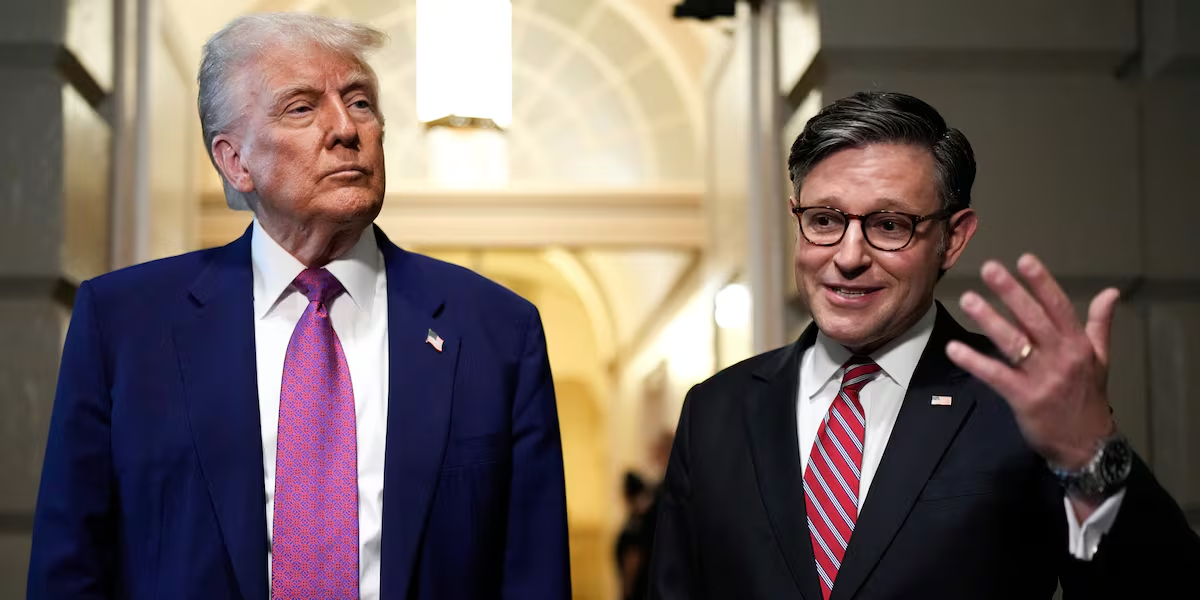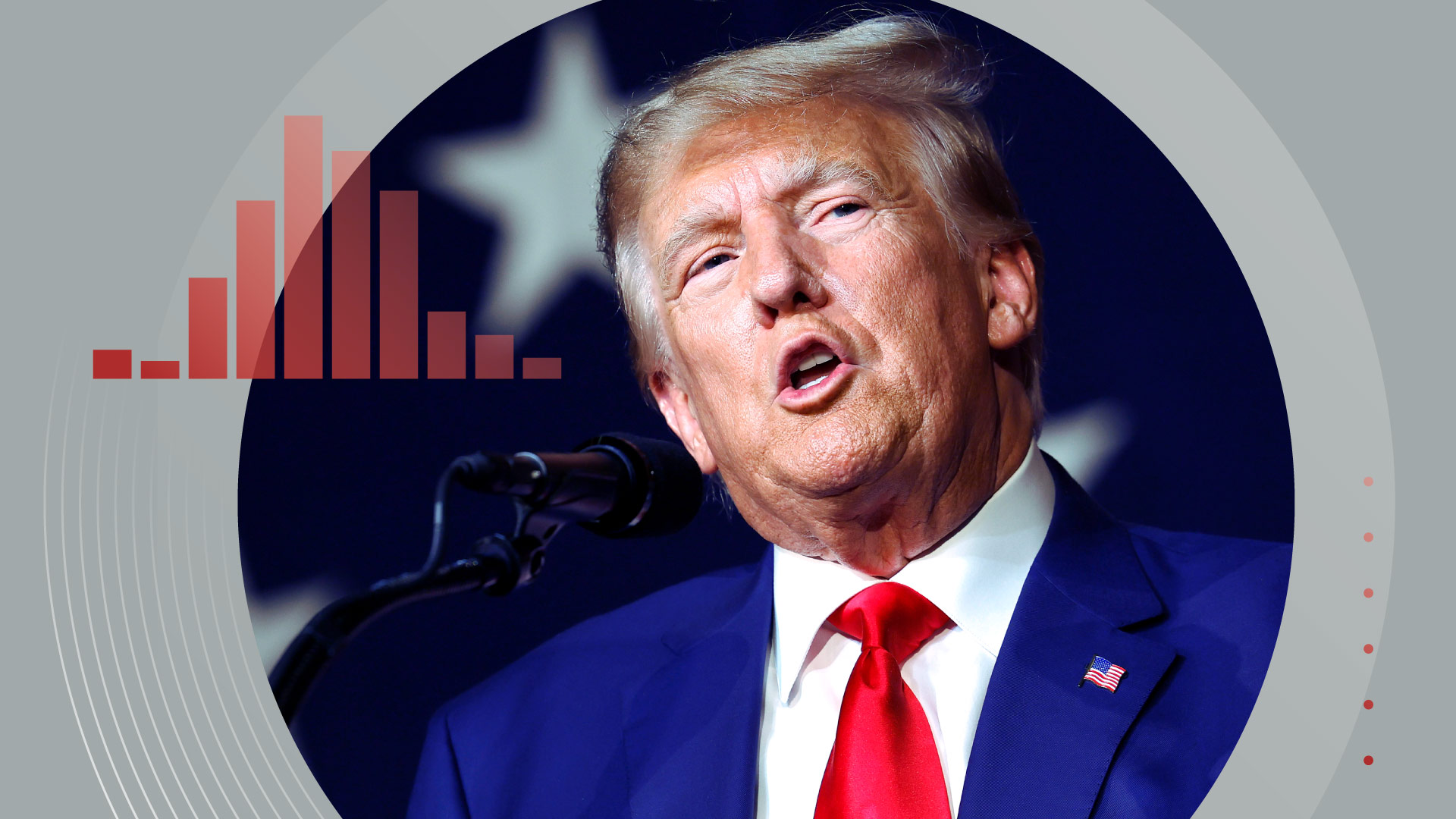In a move that has stunned Washington and drawn widespread criticism from economists and government officials alike, former President Donald J. Trump has ordered the firing of the Bureau of Labor Statistics (BLS) commissioner following the release of a disappointing jobs report. The report, which showed far weaker job growth than anticipated, reportedly incited anger within Trump’s inner circle and led to the abrupt dismissal of the nation’s top labor data official.
The commissioner, who has remained largely nonpartisan throughout her tenure, was abruptly informed of her termination just hours after the jobs data was published. The report, which indicated sluggish growth in employment and stagnant wage gains, contradicted the former president’s public assertions of a booming economic recovery. Rather than accept the numbers as part of a broader economic trend, Trump is said to have blamed what he termed “deliberate sabotage” from within the federal agency.
A Historic Breach of Independence
The Bureau of Labor Statistics, under the Department of Labor, has long prided itself on political neutrality and scientific rigor. For decades, it has been considered one of the most reliable sources of employment and wage data in the world. The commissioner of the BLS is traditionally appointed based on qualifications in statistics or economics, and the office has historically been shielded from political interference.
Trump’s decision to dismiss the BLS chief is therefore seen not merely as a personnel change, but as a serious breach of institutional norms. Economists from both major parties have warned that interfering with federal statistical agencies undermines trust in national data and could erode confidence among investors, businesses, and the public.
“This is unprecedented,” said one former Labor Department official. “No president has ever removed a BLS commissioner over dissatisfaction with the data. The numbers speak for themselves. You can’t fire reality.”
Reaction from Congress and the Public
Reactions on Capitol Hill have ranged from incredulous to outraged. Democrats quickly condemned the firing as authoritarian and reckless, accusing Trump of trying to manipulate public perception by silencing voices that deliver inconvenient truths. Senate Minority Leader blasted the decision as an attempt to “muzzle facts” and “rewrite economic history.”
Some Republicans, while generally aligned with Trump’s broader economic agenda, appeared uneasy with the move. A few issued measured statements stressing the importance of data integrity and institutional independence. Others remained silent, perhaps wary of crossing the former president as he continues to wield significant influence over the GOP.
Public reaction was equally polarized. Supporters of Trump claimed the labor numbers were “rigged” by deep-state actors hoping to harm his legacy or thwart his potential return to power. Critics accused him of deflecting blame and undermining the very agencies tasked with keeping the government transparent and accountable.
Context of the Weak Jobs Report
The jobs report that triggered the firing revealed that the U.S. economy added significantly fewer jobs than expected in the prior month, with sectors like retail, manufacturing, and hospitality either flatlining or showing minor contractions. Unemployment held steady but failed to improve meaningfully, and wage growth stagnated despite ongoing inflationary pressures.
The report’s release came at a sensitive time. Trump had recently launched a new wave of rallies touting the strength of the economy under his leadership, making bold promises about job creation and growth should he return to office. The data threatened to undermine that narrative.
Economic analysts, however, pointed to broader macroeconomic headwinds—such as global supply chain issues, demographic shifts in the labor force, and tightening monetary policy—as more plausible explanations for the weak numbers. Most rejected any suggestion that the BLS had manipulated or intentionally skewed the report.
Political Strategy or Overreach?
To many observers, Trump’s move fits a broader pattern of adversarial behavior toward institutions that produce information contrary to his narrative. Whether it be intelligence agencies, public health officials, or election administrators, Trump has frequently cast doubt on institutional credibility when confronted with unfavorable facts.
Some political strategists suggest that the firing may be part of a calculated effort to galvanize his base by framing the economic conversation in conspiratorial terms. By casting the BLS as part of a bureaucratic elite working against him, Trump may be reinforcing a message of victimhood and persecution that resonates with loyal supporters.
However, the risk of such a strategy is high. Investors, economists, and global institutions rely on American labor statistics to guide decisions worth billions of dollars. Any hint that this data can be politically manipulated could reduce confidence in U.S. governance and financial stability.
A Troubling Precedent
What happens next remains uncertain. The Department of Labor has yet to announce a replacement, and the future of the BLS’s leadership is in limbo. Some insiders fear that the next commissioner could be selected based on political loyalty rather than statistical expertise.
If that occurs, the implications could be far-reaching. The perception of biased data might lead businesses and researchers to seek alternative sources, reducing the government’s ability to understand and respond to economic trends in real time. Worse, it could invite similar purges in other federal agencies, further weakening the infrastructure of factual reporting.
In a political era already marked by misinformation and mistrust, the dismissal of the labor statistics chief marks a new inflection point. It is not just a story about a jobs report—it is a story about truth, power, and the growing fragility of institutions once thought untouchable.



